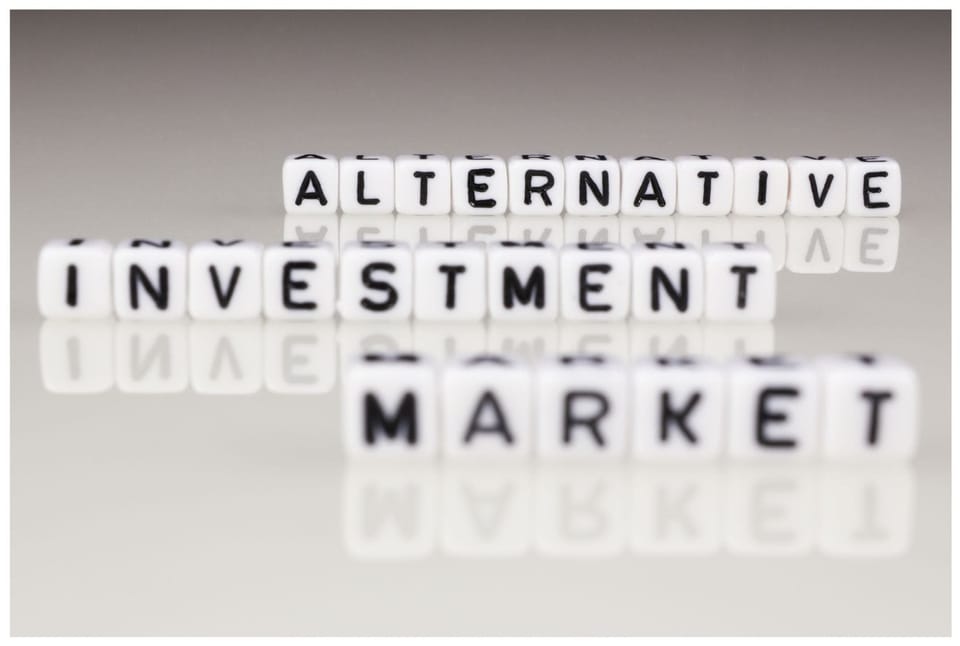Alternative Investing: An introduction

The intimidation and fear that is often associated with investing can easily deter many of us from starting. At least that’s what we tell ourselves. Yet time and time again, we find ourselves looking at things like side hustles, Airbnb listings and remote opportunities as merely tools to augment our salaries.
In reality, a lot of these are alternative investments.
By definition, alternative investments can encompass everything from private equity, art and antiques, electric vehicles and even real estate.
Even conventional investments such stocks have alternative aspects to them if you are to think about stocks like cannabis stocks.
This piece certainly doesn’t promise a full-proof investment strategy, rather a differentiated way of approaching investing, and providing a unique perspective on alternative asset classes. And now that all the heavy English is out of the way, let’s get started.
Alternative investments may not be as mainstream as some of the conventional investments we look for, but they can certainly be more enlightening and, in some cases, more fruitful.
Naturally, the first investment, like any other first, is never perfect.
And rather than chase perfection, it is more important to focus on developing an understanding of why you are choosing these alternatives and what value they could potentially add to your portfolio.
Diversification is never a bad thing, especially in an uncertain economic environment plagued with external factors that investors may not be able to influence. Asset managers like ARK Investments certainly wouldn’t exist if there wasn’t a need for a differentiated approach.
There’s a very clear view from other managers like BlackRock that concepts like tokenization represent the future of investment opportunities.
So it stands to reason that if the landscape is changing, then maybe the assets within the landscape would change as well.
The BlueBell Capitals and Greta Thunbergs of this world have been advocates for thinking differently - and if we are to continue to remain forward thinking, investments will be no different.
New Territory, new considerations
As a people, we have come a long way from the days of fearing the “Y2K bug” to allowing artificial intelligence to participate in regulatory exams and this has opened us up to the possibilities of investing in things we previously deemed textbook theories.
We now live in a world that is able to create investable opportunities from livestock, agricultural produce, and even carbon credits.
So how does one then define what good alternative investments look like? And how does one go about valuing alternative investments in a world that is only starting to look at them more seriously now?
Simply put, there is no proven method that will accurately compare apples with bananas.
Then again, there really shouldn’t be one, especially if we are looking to compare the performance of Tesla Motors against the yields generated by a cattle farm in Limpopo.
We can all agree that there should be some sort of benchmarking for any investments, but the approach to alternative investments has to consider more than the traditional metrics we have used up to now. We have to prove that we have grown our understanding of value and have learnt from cases like Lehman Brothers, Silicon Valley Bank, and Steinhoff International.
How can it be that in the last 10 years, classic cars have been a better investment than the S&P500 in absolute value yet no investment house provides an investable market for them.
There are countless examples of good investments disguised as everyday business opportunities but there are also quirky unconventional ways to deploy capital that have the potential to start a legacy of wealthy, intergenerational portfolios.
So as we journey together on this path of alternative enlightenment, an open-minded and tolerant approach to what we all know and love will hopefully provide great insights, unique opportunities and one or two new things to discuss at the next watercooler meeting.
